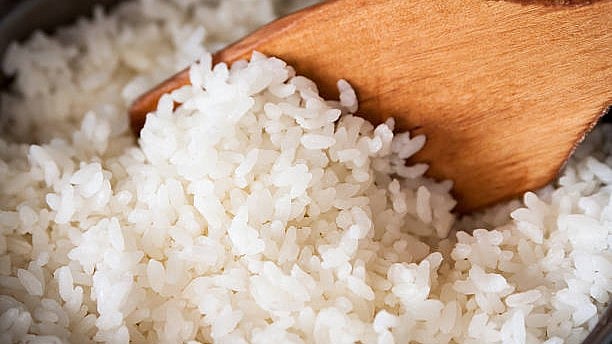
Representative image of rice.
Credit: iStock Photo
Chennai: Ancient inhabitants of settlements in Tamil Nadu have evolved independent agricultural practices by cultivating different varieties of rice and thinai (foxtail millet) leading to a range of culinary practices at least 2,500 years ago, according to ancient DNA analyses of samples collected from excavation sites.
While 25 molecules were found in rice from Adichanallur and Sivakalai in Thoothukudi district, thinai was found from Kodumanal for which DNA analysis has also been done. The presence of cholesterol in the pots that were used then form as evidence that the inhabitants did consume meat.
The above are preliminary findings from analyses of organic molecules and DNA from sediments done by the Ancient DNA Laboratory established at the Madurai Kamaraj University to conduct ancient DNA analysis of samples collected from archaeological sites across Tamil Nadu.
The inhabitants had used rice with ghee, beans, spinach, milk, cucumber, groundnut, and coconut, throwing light on their varied culinary practices which the scientists corroborated with references from Sangam Literature like Kurunthokai, Purananuru, Agananuru, and Porunararruppadai. They also consumed boiled rice, the analyses show.
“This means they (inhabitants) might have started practising these things at least a few millennia before. This shows that somewhere in South India, people were settled very well, they were safe and could experiment and independently evolve many things on their own,” Prof G Kumaresan, Head of the Ancient DNA Lab, Madurai Kamaraj University, said.
“We have had multiple evidence of extensive use of rice in Adichanallur and Sivagalai, and we have now found thinai in Kodumanal ,” he told DH after presenting a paper at a conference to commemorate the centenary of the discovery of the Indus Valley Civilisation.
Not just Sangam Literature, some of the culinary practices are still in force, Kumaresan said, adding that the inhabitants of ancient settlements have experimented a lot when it came to food. While the carbon-dating of an artefact from Kodumanal threw up the date of 480 BCE (2,500 years ago), the earliest date for Keeladi (Konthagai’s mother site) is 2,600 years and 3,200 years for Sivagalai.
Human DNA analysis of samples from Konthagai and Adichanallur showed that they show proximity with South Asian origin and scientists have attempted at initial facial reconstruction which will be repeated with at least 10 samples to arrive at the final image.
“Though limited DNA reads were sequenced from the skeletal remains of urns from Konthagai and Adichanallur, they show proximity with SAS in the 1000 projects with five major ancestries,” Kumaresan added.
The laboratory head also spoke about the difficulties in processing the human DNA due to several constraints including contamination. “We need 80,000 markers but we only have 4,000 to 5,000 for now and we are trying to get more,” he said.
Detailed analysis of plants and soil from Keeladi, a Sangam-era archaeological site near Madurai in Tamil Nadu, had in 2022 showed that surplus production of rice in the area might have paved the way for increase in trade 2,000 years ago.
Artefacts found from Keeladi had indicated that trade ties flourished between inhabitants of Keeladi and other countries in the form of coins and other items. And the results of the analysis serve as further proof of the trade ties, and excess rice production played a crucial role.
The archaeological findings have created a buzz with researchers and archaeologists in Tamil Nadu calling them significant as they “narrow down” the gap between the Tamil urban settlements and the Indus Valley Civilisation (IVC).
However, they say “more evidence” should be forthcoming, while experts outside Tamil Nadu say there is no link between Keeladi and IVC.